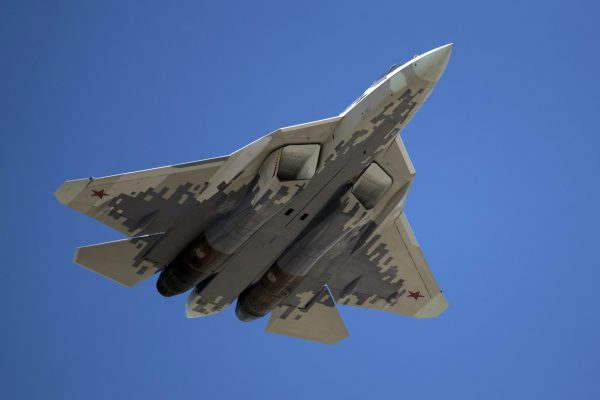
In the early 2010s, Russia’s fighter aircraft sector was still appearing to be a powerful export engine. Now, its customer base has been whittled down to a few politically sympathetic countries Algeria, Belarus, Iran, Myanmar, and North Korea preserving a severe turnaround fueled by sanctions, wartime production needs, and the deterioration of its aerospace supply chain. The collapse is both as much a tale of engineering limits as geopolitics.
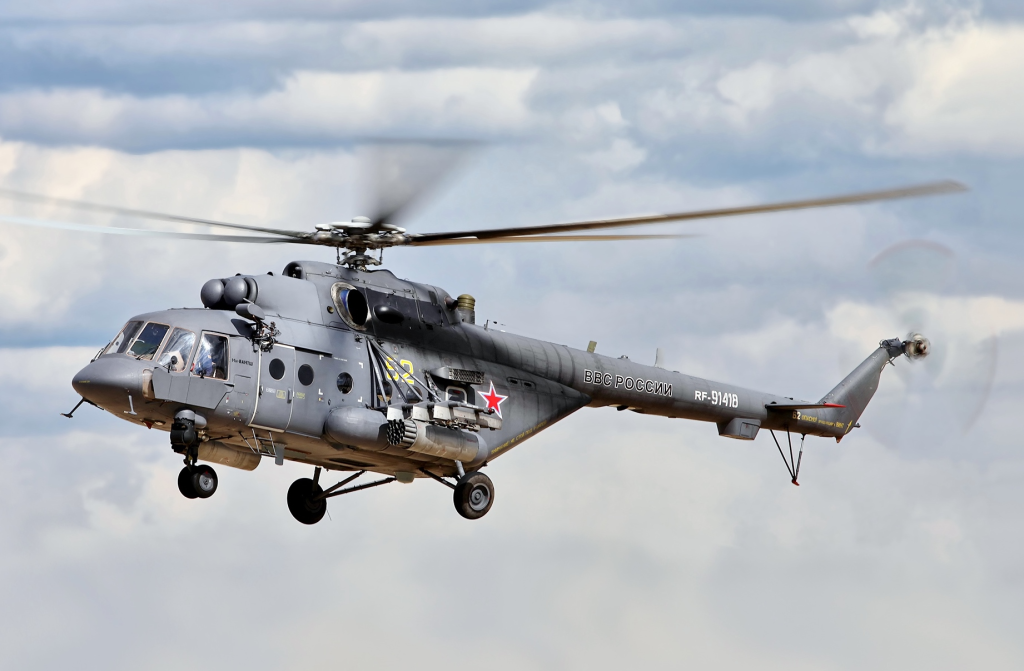
1. Sanctions and the CAATSA Effect
The 2017 Countering America’s Adversaries Through Sanctions Act (CAATSA) was a watershed moment. By threatening secondary sanctions on nations purchasing Russian military equipment, Washington drastically limited Moscow’s access to high-paying markets. Egypt’s 24-aircraft Su-35 sale, Indonesia’s 11-aircraft Su-35 contract, and the Philippines’ Mi-17 helicopter order were all canceled under duress. As then-Secretary of State Mike Pompeo warned in 2019, “if those systems were to be bought, the CAATSA law would mandate sanctions against the regime.” Even old friends like Vietnam and India started shifting towards Western or indigenous designs.

2. War-Driven Production Restrictions
The Ukrainian invasion has put Russia’s aerospace sector on a wartime schedule, with replacements for combat losses taking precedence over export deliveries. Yearly fighter deliveries Su-30s, Su-35s, Su-34s, and Su-57s totalled between 20 and 30 units in 2022–2024 and only 24 were delivered in 2024. With 550 of its 1,200 tactical fighters approaching end-of-life, Russia has little excess to sell abroad. Sanctions have severed access to high-tech machine tools and Western avionics, requiring a consolidation of domestic vendors and slowing production lines.
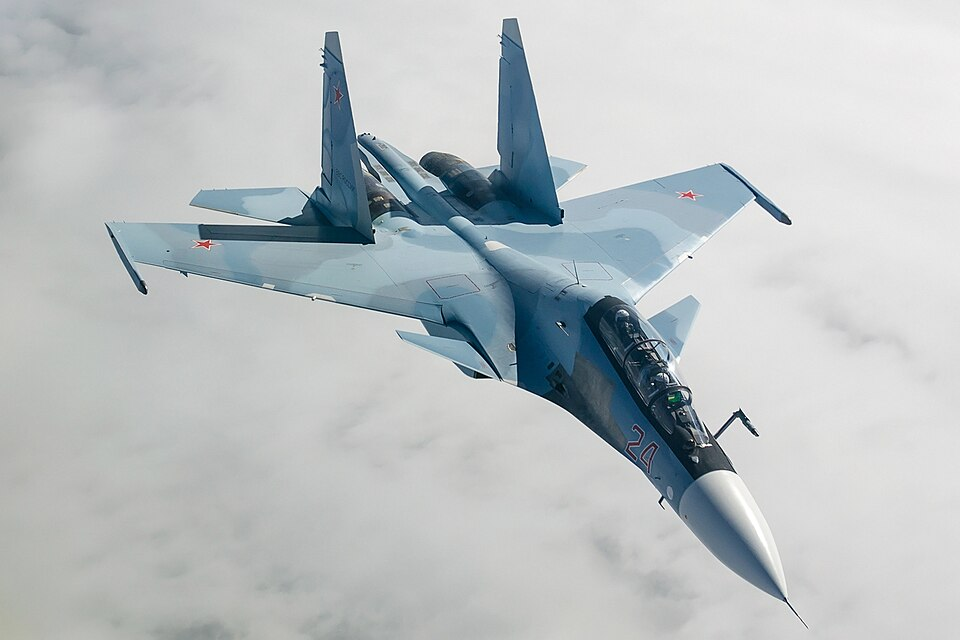
3. The Su-57: Ambition Meets Bottleneck
The Su-57 Felon, Russia’s original stealth fighter, was created with production commonality to Su-30 tooling to drive output. Algeria was the first export customer to be officially ordered in 2020, with a reported 12–15 units, deliveries to start in 2025. As of early 2025, however, only 19 Su-57s had been delivered to the Russian Air Force, short of the planned 16-per-year production rate. United Aircraft Corporation CEO Vadim Badekha has committed to raising production, but sanctions and spare parts shortages are still the roadblocks.
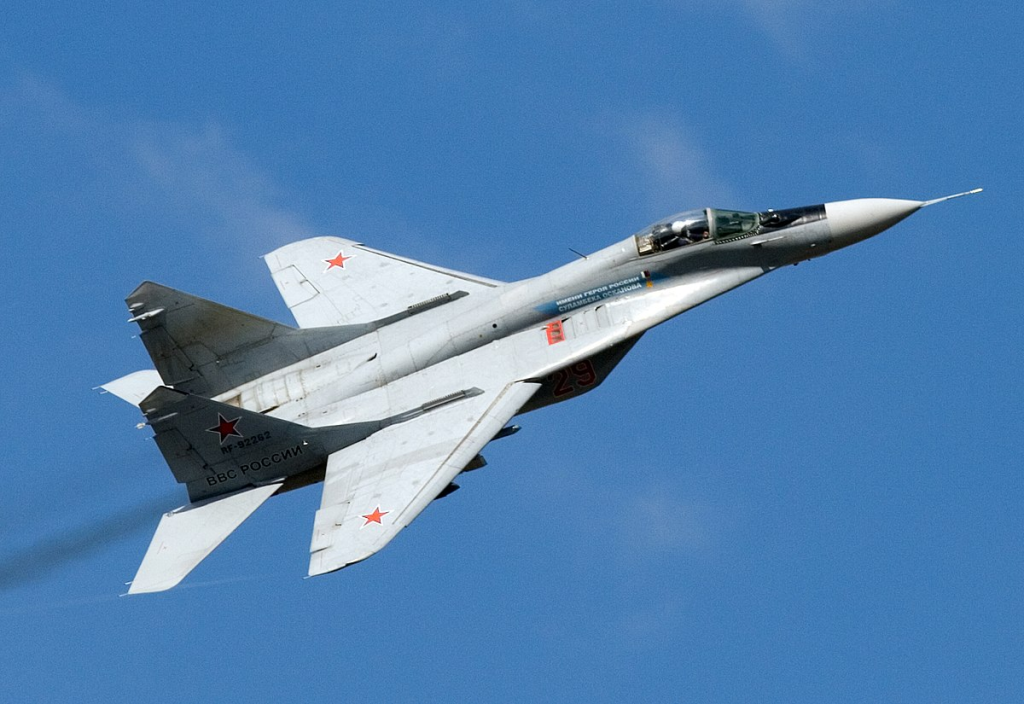
4. Algeria: Moscow’s Anchor Client
Algeria’s modernization program includes retiring Su-24s, Su-25s, and MiG-29s to make room for Su-34Ms, Su-30MKAs, and Su-57s. Recent satellite photos validated Algerian roundels on Su-35s originally intended for Egypt, implying Algiers is acquiring overstock inventory. The Su-34M variant Algeria is interested in incorporates the Kh-59MK2 cruise missile and enhanced avionics, extending strike range and accuracy. Algerian orders have reportedly funded the Su-57 production line buildup.
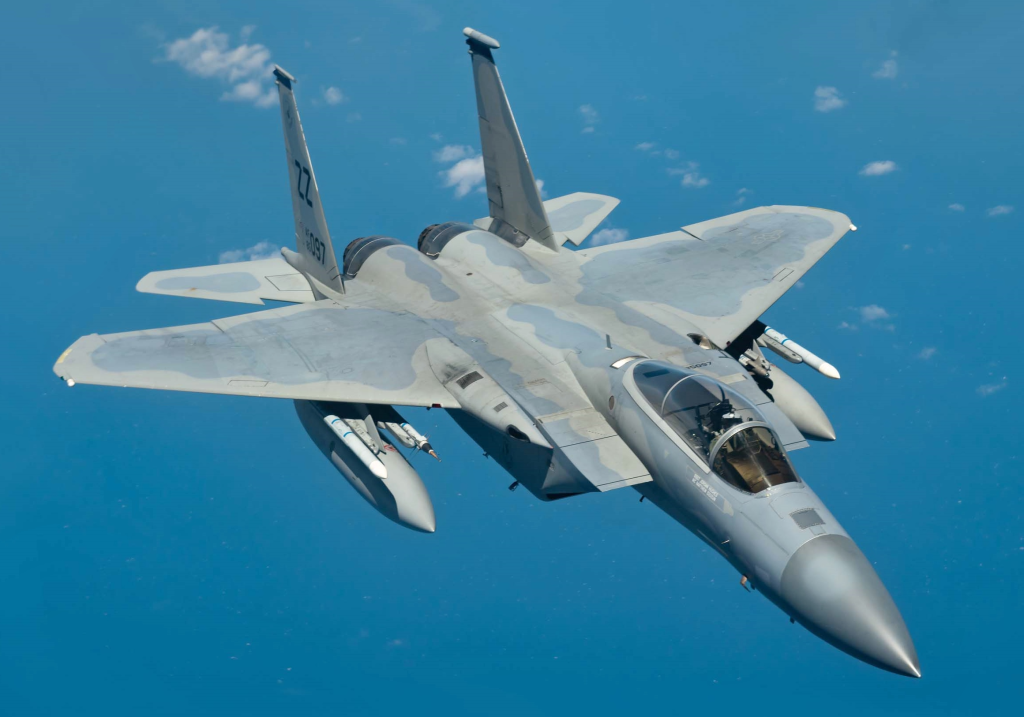
5. Iran: Awaiting the Flanker
Tehran had agreed in 2023 to buy two dozen Su-35s, but none have been delivered over two years later. The lag has strategic implications: Israeli F-35s and F-15s attacked deep within Iran unchallenged in the June 2025 Iran–Israel conflict. Iran’s fleet is still based on old F-14s and F-4s, with low readiness rates. After the conflict, Iran’s defense minister visited China, where reports indicate negotiations for buying J-10C fighters an implicit recognition of Russian delivery risks.

6. Myanmar: Filling Out a Long-Tardy Contract
In January 2025, Myanmar took delivery of the last two of six Su-30SMEs out of an order placed in 2018. The SME variant preserves the Su-30’s multirole ability and versatility with a broad weapons suite. Brought in batches within three years, the fighters arrive during Myanmar’s civil war, which the military only controls 58% of. Decades of sanctions from the West have nudged Naypyidaw towards Russian and Chinese vendors, following Moscow’s efforts for a BRICS+-oriented security network.
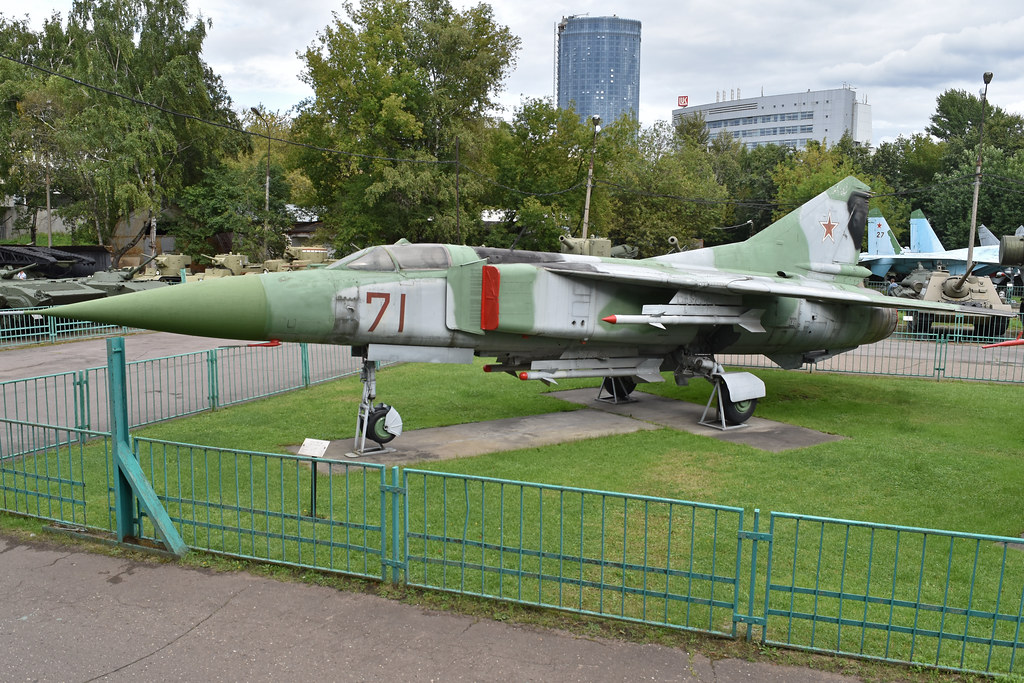
7. North Korea: Legacy Warriors for Political Power
North Korea’s air force is a collection of Soviet-era designs, with MiG-29s and MiG-23s being its most advanced assets. Under an increasing military cooperation, Russia is said to be shipping MiG-29s and Su-27s in return for troop deployments to Ukraine. These fourth-generation aircraft, while outdated, would be a big improvement for Pyongyang. But procuring them is complicated: both models are out of production, and existing airframes need overhauling in the midst of Russia’s stretched overhaul capabilities.
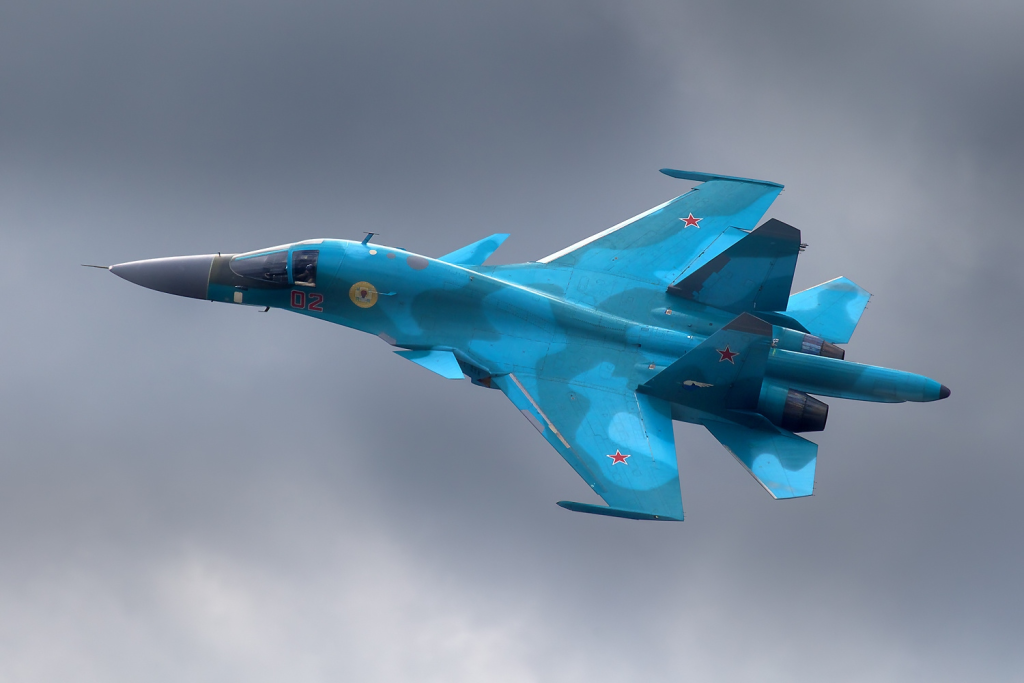
8. The Su-34M: Engineering for Endurance
The Su-34M Fullback, based on the Su-27, is long-range strike optimized with a side-by-side armored cockpit, 12 hardpoints, and a 12,000 kg payload. Its Sh141 radar can detect a warship at more than 80 miles and monitor 10 aerial targets at once. The retractable Platan targeting system allows for precise strikes without external pods, and the Khibiny ECM suite provides self-protection. The M variant includes enhanced sensors, new weapons, and modular reconnaissance pods under the Sych program.

9. Competitive Pressures from China and the West
China’s coming of age as a combat aircraft maker has put an end to Russian imports; its J-20 and J-35 programs now match or better Russian designs in stealth and electronics. India, though still flying Su-30MKIs produced under license, is developing its Tejas Mk 2 and AMCA programs and balancing Western imports via the MRFA contest. Options such as the Rafale, F-15EX, and Gripen present performance without the political price of CAATSA sanctions.

Russia’s fighter export market is now shaped by shortage of buyers, of manufacturing capacity, and of high-tech components required to challenge Western and Chinese designs. For Algeria, Iran, Myanmar, and North Korea, the attraction continues to be access to heavy fighters and attack aircraft not otherwise available. For Moscow, every sale is as much a matter of maintaining aerospace design lines under stress as one of advancing influence overseas.


